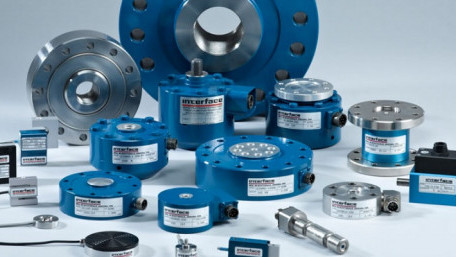
In this article, we will explore real-world considerations for strain gauge performance and typical applications. We’ll be talking about foil and wire strain…
In this article, we will explore real-world considerations for strain gauge performance and typical applications. We’ll be talking about foil and wire strain gauges, but ignoring semiconductors.
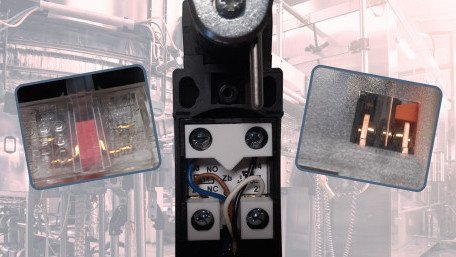
Some terminology, like 'normally open' and 'normally closed' switch contacts, is common throughout industry but can still…
Some terminology, like 'normally open' and 'normally closed' switch contacts, is common throughout industry but can still be confusing, misleading, or even hazardous if not properly understood.

For being no more than a thin piece of metal, the strain gauge is a versatile measurement tool, from small switches to…
For being no more than a thin piece of metal, the strain gauge is a versatile measurement tool, from small switches to multi-ton machines. In this article, learn the operating principles and properties.
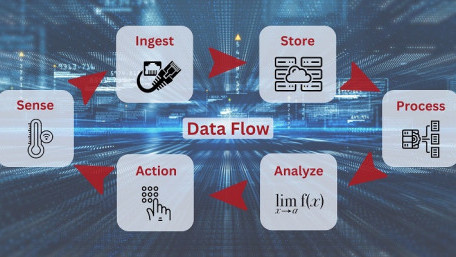
In this article, we will explore the inbound integration to the mage.ai pipeline, connecting to the spreadsheet data…
In this article, we will explore the inbound integration to the mage.ai pipeline, connecting to the spreadsheet data source using the Google Sheets API through a JSON credentials file.

When inputs or outputs stop working, the equipment fails to respond and money starts slipping away. Dive into the concept…
When inputs or outputs stop working, the equipment fails to respond and money starts slipping away. Dive into the concept of troubleshooting I/O without ever opening the PLC software.

Data pipelines are software services that progress the data from source to storage, hopefully without too much…
Data pipelines are software services that progress the data from source to storage, hopefully without too much programming complexity. In this article, we begin by initializing the mage.ai software.

When IT and OT converge on the shop floor, it’s important to understand how and when to let a computer control the…
When IT and OT converge on the shop floor, it’s important to understand how and when to let a computer control the assignment of network addresses, or when you would rather keep it under control.
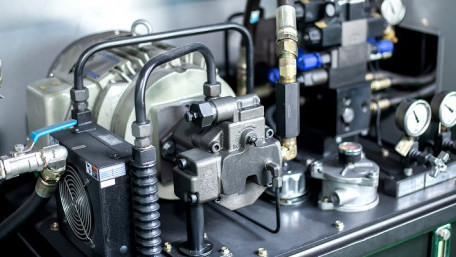
Pressures are always rising and falling in fluid systems. Sometimes the changes are extreme and lead to damage. What…
Pressures are always rising and falling in fluid systems. Sometimes the changes are extreme and lead to damage. What causes problematic pressure changes, and how can you trace them to their source?
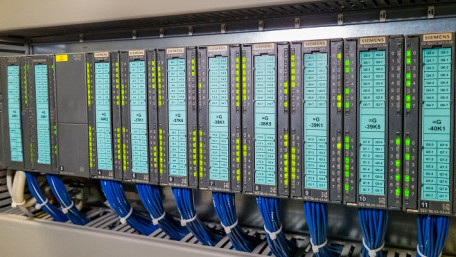
Machine downtime can be very stressful for everybody involved. Next time you face a challenging system failure, try some…
Machine downtime can be very stressful for everybody involved. Next time you face a challenging system failure, try some of these LED troubleshooting techniques to reduce stress.
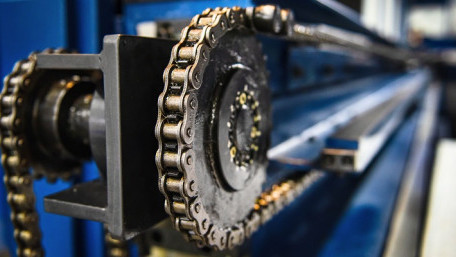
In the world of mechanical power transmission, gears, belts, and chains dominate the landscape, but what's so special…
In the world of mechanical power transmission, gears, belts, and chains dominate the landscape, but what's so special about chain drives, and why would they be used in place of rubber belts?
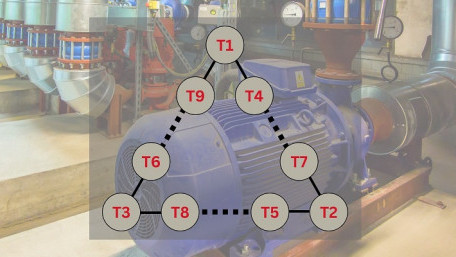
There are two types of winding designs inside three-phase industrial motors: Wye and Delta. Although the motors and…
There are two types of winding designs inside three-phase industrial motors: Wye and Delta. Although the motors and connections look similar on the outside, this article discusses the internal construction for Delta wound motors.
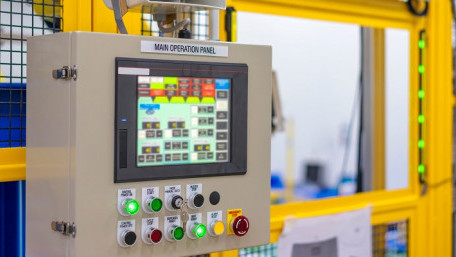
An overview of HMI data types, input controls, output indicators, and message functions, the building blocks used to…
An overview of HMI data types, input controls, output indicators, and message functions, the building blocks used to construct informative and appealing HMI applications.
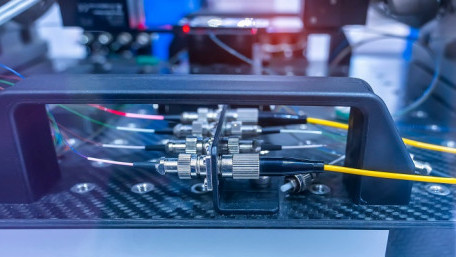
Photoelectric sensors and fiber optic sensors are very similar in a lot of ways, but which one is superior in function…
Photoelectric sensors and fiber optic sensors are very similar in a lot of ways, but which one is superior in function and durability, and under what conditions might one be preferred?
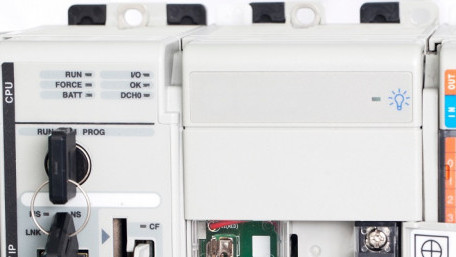
A PLC can be placed in Run or Stop, or occasionally Program mode, usually through physical or virtual methods. But what…
A PLC can be placed in Run or Stop, or occasionally Program mode, usually through physical or virtual methods. But what do these modes mean, and when should they be used?
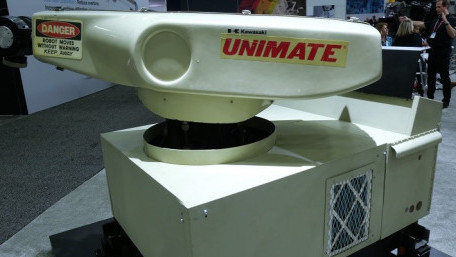
Most commercial control technologies have fascinating histories, especially industrial robots. Here’s the story behind…
Most commercial control technologies have fascinating histories, especially industrial robots. Here’s the story behind the development of Unimate, the world’s first.

Function block diagrams can be a useful tool, but they can also add a lot of complexity. Learn about the what, when,…
Function block diagrams can be a useful tool, but they can also add a lot of complexity. Learn about the what, when, where, and why of function block diagram (FBD) programming.
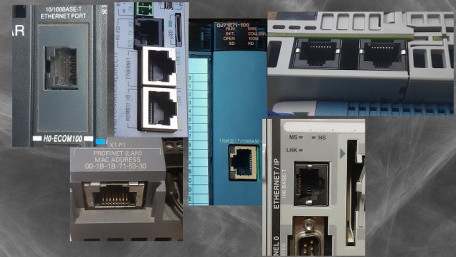
Some controllers and network devices have one port, while others have two. Why is there a difference, and what advantages…
Some controllers and network devices have one port, while others have two. Why is there a difference, and what advantages does having two network ports actually provide?
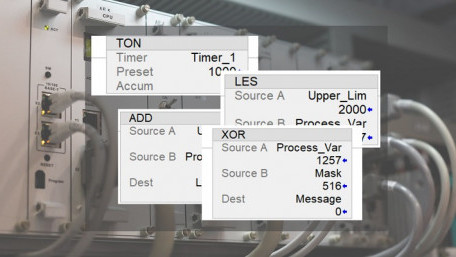
Function block diagram (FBD) programming is a common language for PLCs following the IEC 61131 standard. What is FBD, and…
Function block diagram (FBD) programming is a common language for PLCs following the IEC 61131 standard. What is FBD, and how does it differ from the familiar ladder logic programs?
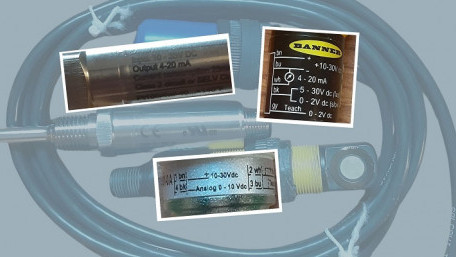
Analog voltage and current are the dominating standards for industrial technology. Is one format better than the other?…
Analog voltage and current are the dominating standards for industrial technology. Is one format better than the other? And if so, why do both signal types still exist in modern systems?
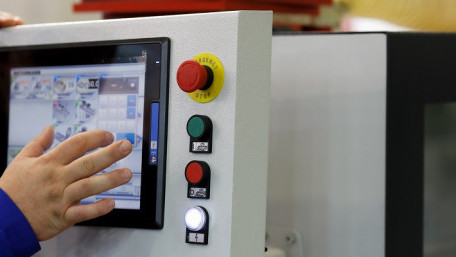
Designing a control system is a difficult task in itself, but designing the graphical interface for an everyday user can…
Designing a control system is a difficult task in itself, but designing the graphical interface for an everyday user can be a very different kind of challenge that involves mental and physical considerations.
